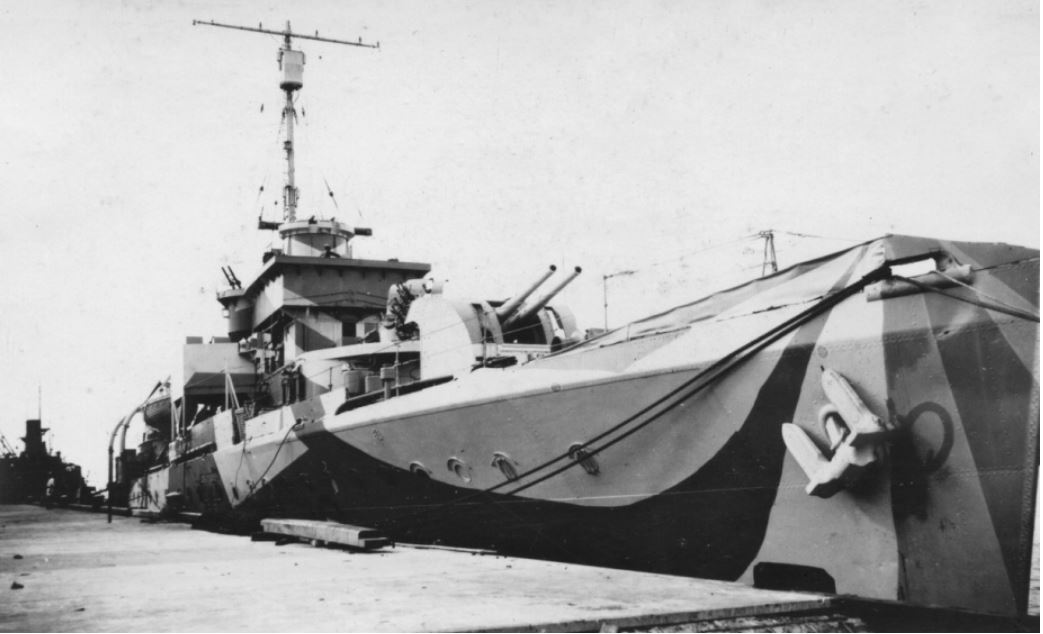Difference between revisions of "HMAS Warrego"
From Our Contribution
(→Crew Members) |
(→Crew Members) |
||
| Line 54: | Line 54: | ||
[[Category:Ships]] | [[Category:Ships]] | ||
| + | [[Category:RAN]] | ||
Latest revision as of 00:10, 22 June 2022
Remarks
The second ship to carry this name. Laid down in May 1939 at Cockatoo Island Dockyard she was commissioned on 22 Aug 1940. Based in Fremantle for a short time providing escort for convoys, by the end of 1940 she had returned to Melbourne where she joined the 20th Minesweeping Flotilla. IN January 1942 she was based in Darwin, providing escort and local anti-submarine duties, including escorting the convoy to Timor that was attacked by a flight of 54 Japanese aircraft. She was also in Darwin when it was attacked on 19 Deb 1942, but escaped unscathed.
She was to spend the most of the war escorting convoys, primarily from Townsville to Port Moresby or Milne Bay, but also others to Darwin. In July 1944 she was transferred tot he US Seventh Fleet Survey Group for survey duties in New Guinea waters. She was to also act as a member of the screening force at the Lingayen Gulf landings in the Philippines. Following the landing, she remained behind to carry out survey work begore supporting the landing of Australian troops at Balikpapan. When hostilities came to an end she was in Sydney undergoing a refit.
Warrego was primarily used for surveys in Australian waters until she was laid up in late 1949. Recommissioned in 1951 she was used to survey the Monte Bello islands prior to the British atomic test in 1952. She was to act primarily as a survey ship until August 1963, and one associated with the 1956 atomic explosions. In June 1964 she was sold for scrap, and was broken up in 1966.
Armament carried included 4 x 4-inch guns; 7 x 20mm Oerlikons, and Depth charge throwers
Battle Honours
- Pacific 1941-45
- Darwin 1942-43
- New Guinea 1942-44
- Lingayen Gulf 1945
- Borneo 1945
Crew Members
- † Patrick John Kelly 3 July - 16 October 1940
- Arthur Edward Pries 21 Oct 1943 - 10 Oct 1944
